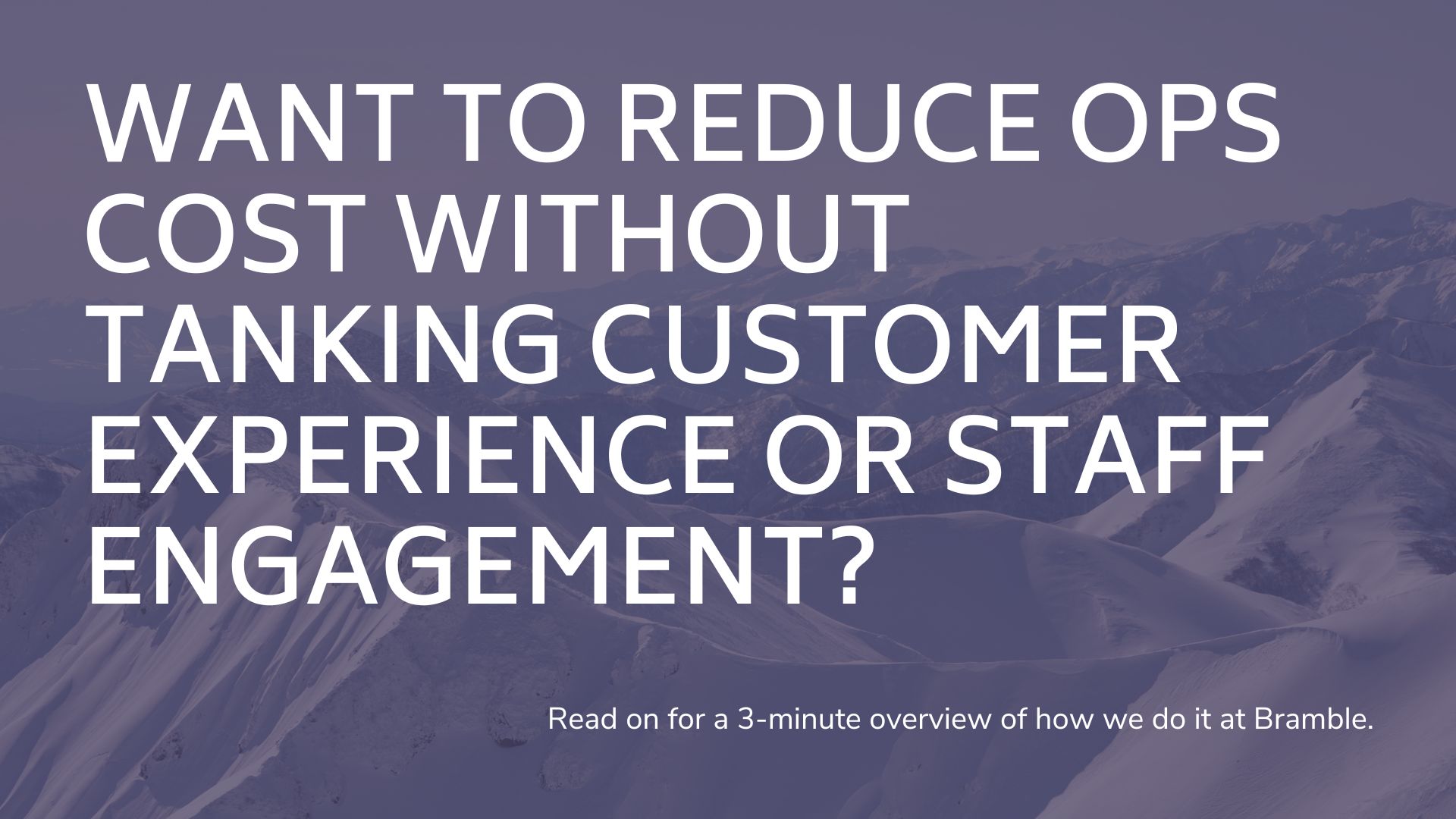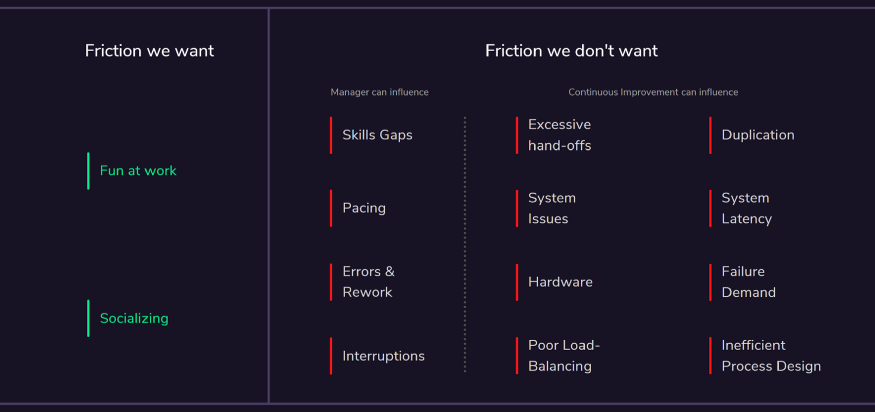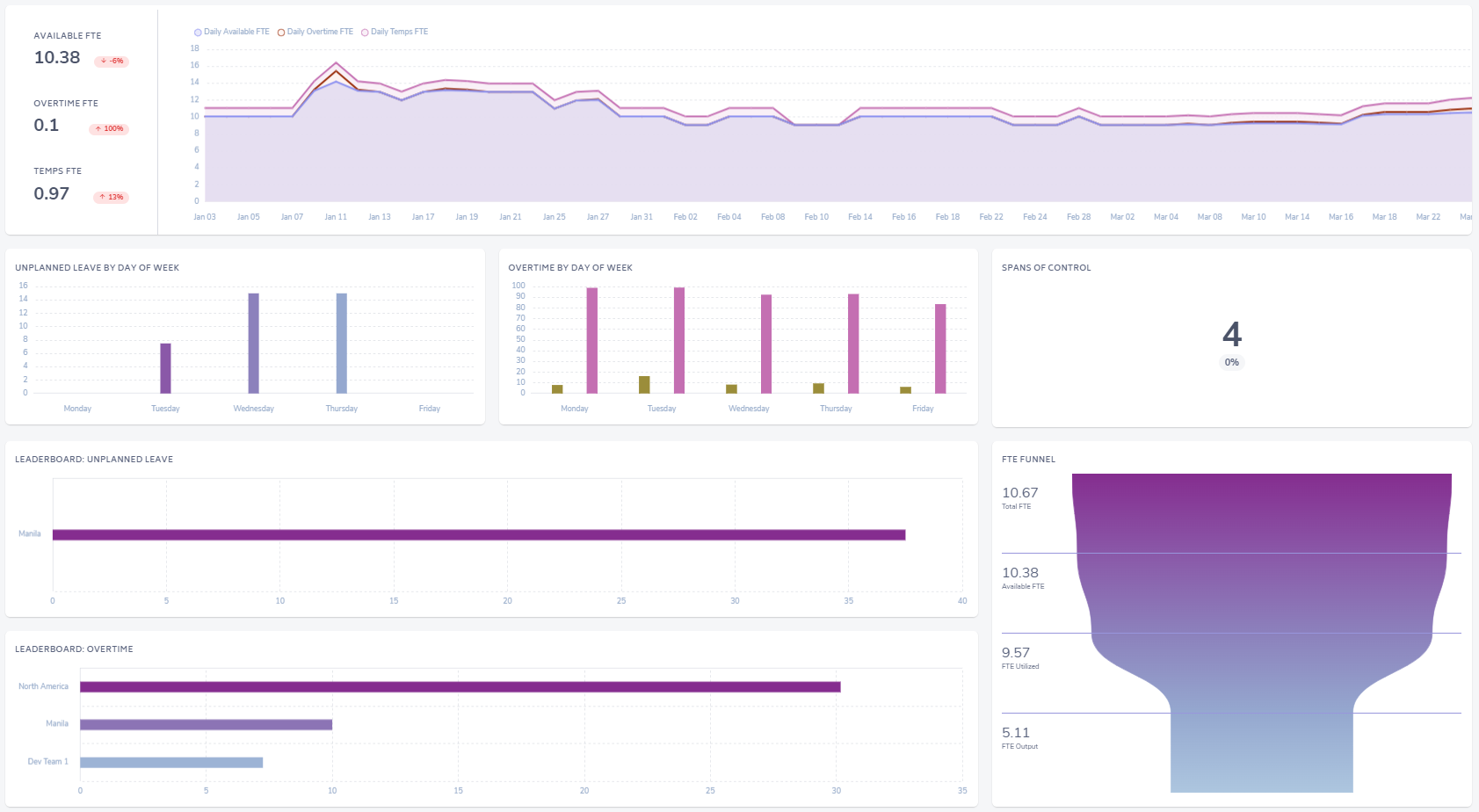
Doom-and-Gloom or an opportunity to enhance your competitive advantage?
It comes as no surprise to any of us that given current market conditions, belts are tightening across the board. We’ve seen a recent spate of layoffs across Insurance, Financial Services & Health Services and according to industry leaders, this is just the beginning. A recent survey conducted by KPMG across 400 CEOs found that: “…9 in 10 are expecting a recession in the next year, 51% are considering workforce reductions over the next six months.”
Obviously there’s a cloud hovering over most Operations and Transformation Executives right now…and this content is not intended to hammer home the doom-and-gloom that you can easily find googling.
Instead, we want to present a pathway to get ahead of the challenges - the more control you can exert over your domain, the better chance you and your team have of riding out the storm.
Data and Analytics are going to be fundamental to good decision making over the next few quarters. You’re essentially flying-blind without holistic performance metrics…how on earth are you expected to make informed decisions on staffing and workload balancing without the right insight?
This balancing act will be the biggest challenge and opportunity faced by Insurers, Financial Services and Health providers over the next 12 months. Layoffs will inevitably continue and the impact of inflation will be passed on to the end customers yet, if everybody follows the same playbook, how do you gain a competitive edge?
Of course, any average manager can RIF a department to hit a revised budget number…but how do you do this without damaging the customer experience and staff motivation?
At Bramble we’re big on the old carpentry phrase ‘measure twice, cut once.’ Bare with us while we run through a quick exercise:
Did you know that the average office worker is productive for 2.9 hours per day?
This is not necessarily because people are lazy! It’s the abundance of Friction (obstacles encountered by your team members that reduce the amount of value-added output), that plagues most operational environments. While Friction is obviously a drain on productivity, it also presents an opportunity to significantly increase output while having a positive impact on staff motivation - after all, nobody loves being interrupted by rework, misdirected work or skills gaps.

Friction exists in every organization yet we rarely focus on it.
What if you could replace one hour of friction with an hour of output per person per day? Let’s do the math:
- We’ll assume a department of 1000 FTE and you pay these people on average, $60k per year. This gives a total labor expense of $60m
- Daily Output per person increases by 1 hour by identifying and removing friction
- The annual benefit in this scenario would be $15m…expressed in FTE terms, you’ve just freed-up 256 of your 1000 employees.
- If curious, check out our benefit calculator to tailor to your business.
Bramble screenshot.
Pretty astonishing right? And perhaps a little difficult to believe…yet we see this ALL THE TIME. By focusing not just on cost-reduction, but on throughput and friction at the frontline, you can essentially offset resource shrink while maintaining or even improving Customer Experience and Staff Motivation.
In summary, you’ll likely find yourself in a position in the next 12 months where you’ll be challenged on operating costs. It’s important to remember that reductions in force will help solve short-term problems, however, if too myopic in its execution, will open a Pandora’s Box with regards to organizational reputation, customer experience and staff motivation. In this environment, analytics that allow you to be proactive in your decision-making will prove invaluable.


